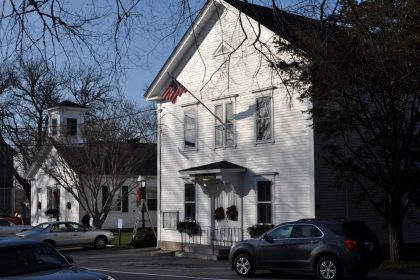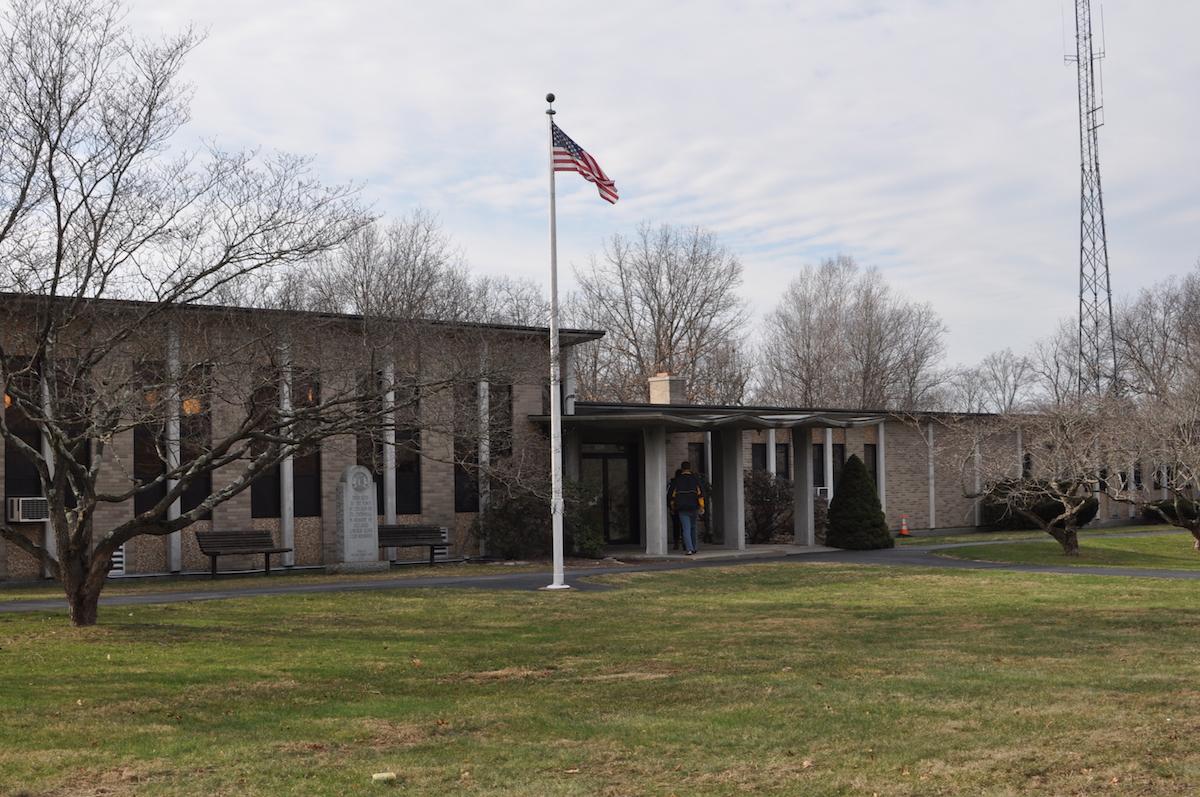
Guest essay by Ken Payne exploring the connection between the structures of our world, especially for the 21-Day Racial Equity Challenge
 Okay, this is tentative. Writing what follows takes me out of my comfort zone. The assertions I am making are provisional. They question the bases of my own well-being and way of life.
Okay, this is tentative. Writing what follows takes me out of my comfort zone. The assertions I am making are provisional. They question the bases of my own well-being and way of life.
Where and how we live shape our everyday thought and constitute the world as it is for us. Our external reality informs our internal reality. The mind-body, culture-nature dualisms, on reflection no longer stand, if they ever did. But now they’re dysfunctional. The institutional structures in which we participate and support our life, significantly define who we are. If this is the case, then coming to grips with institutional racism is vital to breaking down other forms of racism.
Three things I read during the year 2017 – 2018, put how I understand the primary function of local government in a different light. What if local government serves fundamentally, the closely related purposes of protecting property values and preserving racism? This possibility troubles me.
Through the 1920s most of the population of my state lived in industrial cities. Now most of the population lives in suburban communities. According to the US Department of Agriculture there are no rural counties in the state. The suburban towns are overwhelmingly white. The old industrial cities are the home of state’s black and Hispanic population. The manufacturing jobs, which once supported an urban working class, are largely long-gone. About seven percent of employment is in manufacturing. The major National Bureau of Economic Research Paper “Race and Economic Opportunity in the United States” by Raj Chetty, Nathaniel Hendren,  Maggie R. Jones, and Sonya R. Porter, 2018, (https://www.nber.org/papers/w24441), shows that black households had much lower rates of upward mobility than white households and much higher rates of downward mobility to which black males are particularly susceptible. Comparable rates of white – black intergenerational upward mobility were found in few communities. Where this happened were places that had low levels of poverty, low levels of racial bias among whites, and a high presence of fathers in black households. I couldn’t think of a community in my state where these three conditions together were strongly present.
Maggie R. Jones, and Sonya R. Porter, 2018, (https://www.nber.org/papers/w24441), shows that black households had much lower rates of upward mobility than white households and much higher rates of downward mobility to which black males are particularly susceptible. Comparable rates of white – black intergenerational upward mobility were found in few communities. Where this happened were places that had low levels of poverty, low levels of racial bias among whites, and a high presence of fathers in black households. I couldn’t think of a community in my state where these three conditions together were strongly present.
Two other works I read the previous year, suggested that this outcome was not accidental but an outcome of intentional policy and modes of thought: Richard Rothstein’s The Color of Law, A Forgotten History of How Our Government Segregated America (2017) and Ibram X. Kendi’s Stamped From The Beginning, A Definitive History of Racist Ideas in America (2017).
Local governments here have few functions: police, fire (which often includes ambulance services), public works, parks and recreation, planning and zoning, and support for k–12 public education. Public education is overseen by school committees, and local property taxes are the major funding source. This short list of local public services has changed little in fifty years, and all of these services can be seen as protecting residential property values,. This holds true even for education: more affluent households want to live in communities with good schools.
Town and city councils struggle to keep property taxes low. In towns especially, growth can be seen as expensive precisely because it may increase the need for public services. Measuring the cost impact of development is commonplace for local planning boards, and the per capita cost of public services is a standard metric. Households with children are costly. High-end development, “McMansions,” generates more revenue per person than low and moderate housing, and therefore is favored.
 The structuring of local policies and services to protect property values is politically logical. For most households in the US, the value of their home is their largest financial asset. As housing values increase, home owners feel more economically optimistic and willing to spend. The trouble is that this source of “wealth” is substantially mal-distributed by race. Might not this reality contribute to the absence communities with conditions conducive to black household upper mobility.
The structuring of local policies and services to protect property values is politically logical. For most households in the US, the value of their home is their largest financial asset. As housing values increase, home owners feel more economically optimistic and willing to spend. The trouble is that this source of “wealth” is substantially mal-distributed by race. Might not this reality contribute to the absence communities with conditions conducive to black household upper mobility.
The modernist platitude, drawn from architecture, holds that form follows function. If the form of local government services is consistent with the function of maintaining property values, could it be that institutional racism is thus an embodied attribute of local government?
When one looks at the architecture of town and city halls in this state, this painful possibility has visual confirmation. The architecture of town and city halls is an expression of white power and privilege, across historic periods.
In 2014, when the state planning agency proposed an economic development plan that gave major consideration to social justice and environmental sustainability, a fire-storm of opposition broke-out in suburban towns; the fear was that there would be a loss of local control and ability to keep suburban communities safely as they are.

Is unacknowledged institutional racism thus quietly but powerfully informing our collective daily life?
Ken Payne is a long standing member of the FSNE Network Team and the FSNE Process Team. He hails from Rhode Island.




